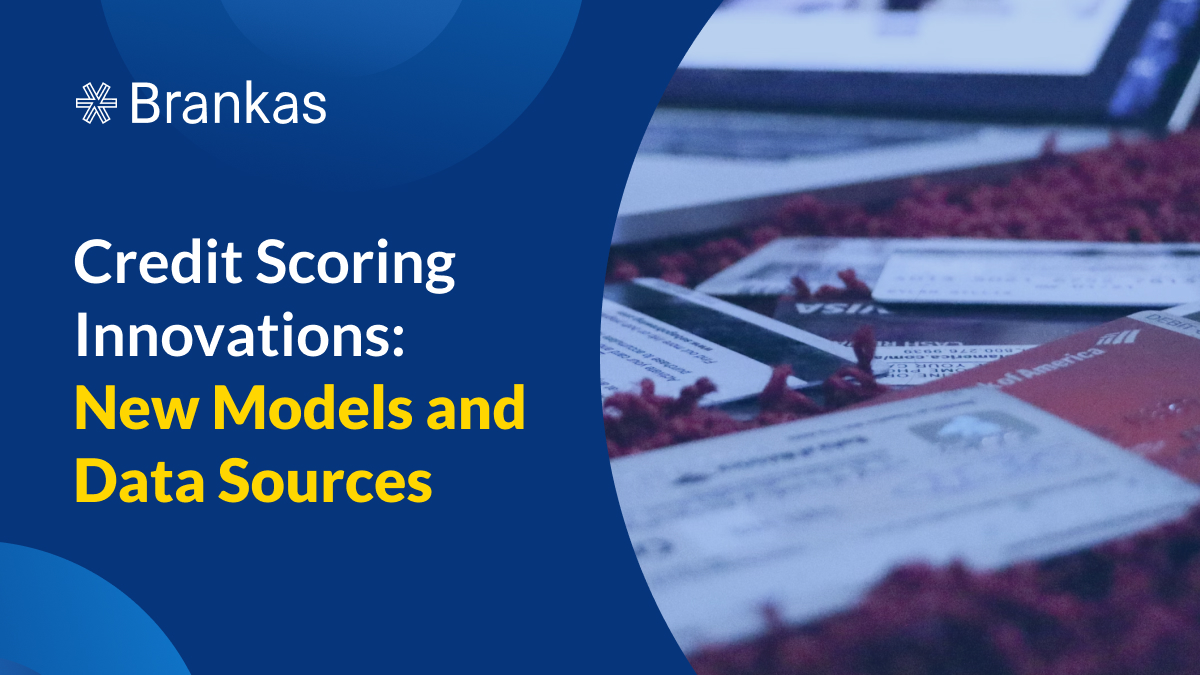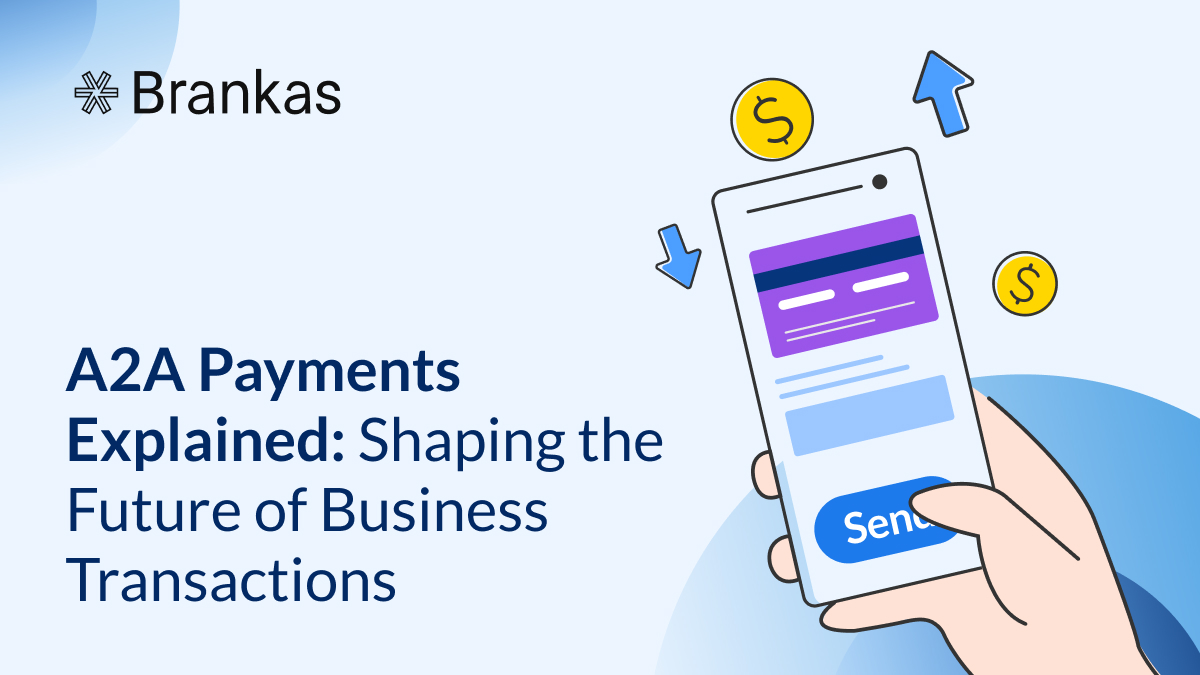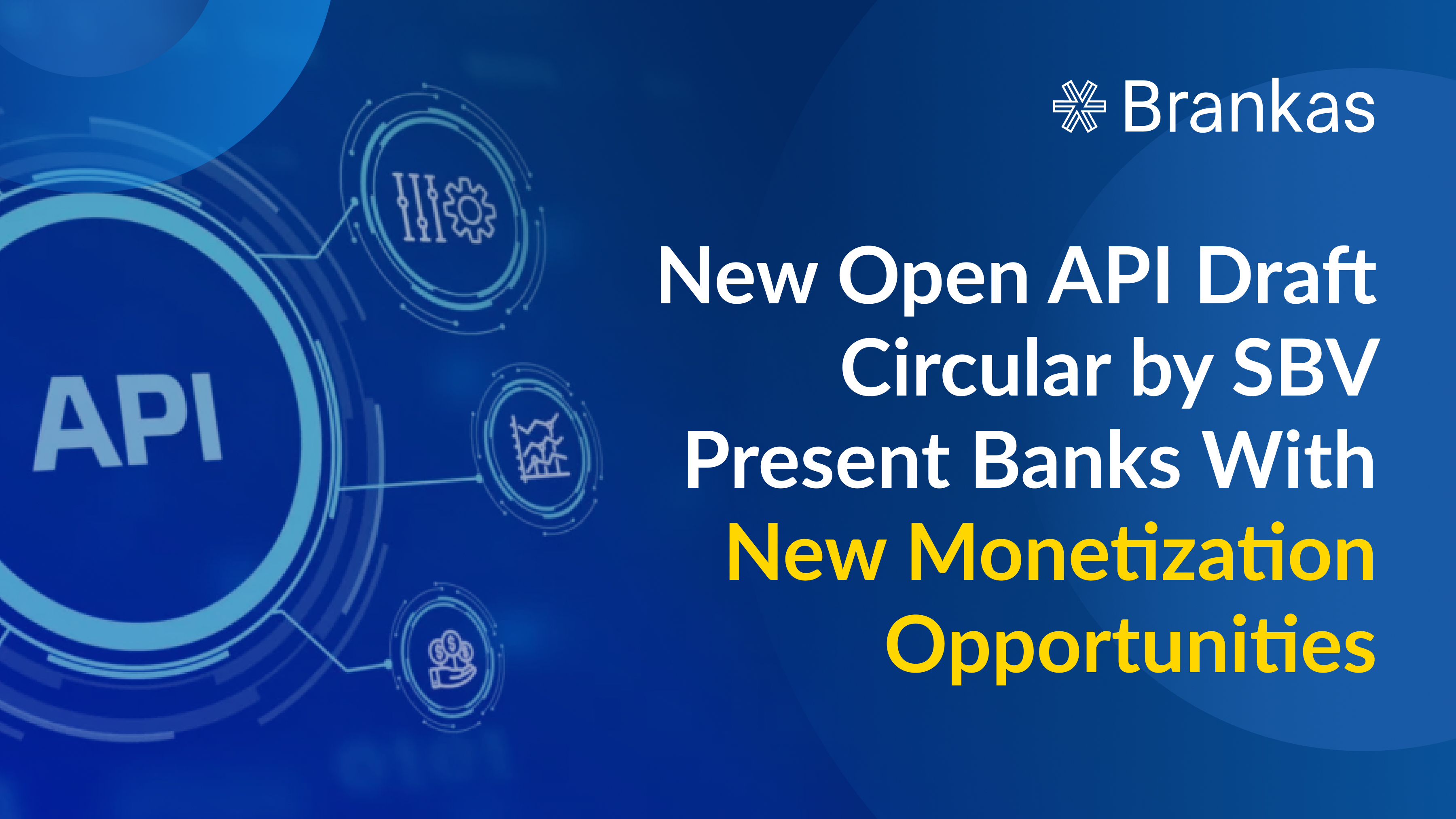A2A Payments Explained: Shaping the Future of Business Transactions
Business payments have experienced a significant transformation in recent years. A 2022 study conducted by the Association for Financial Professionals (AFP) in partnership with J.P. Morgan unveiled a compelling shift within organizations in the United States. Large and small businesses are steering their payment methods away from traditional checks towards a digital frontier, marked by the remarkable rise of Account-to-Account (A2A) payments. This shift is not limited to businesses; even their suppliers are adopting this evolution. And the trend shows no sign of abating. The ascent of A2A payments has emerged as a game-changer, overtaking traditional checks as the method of choice for businesses and suppliers alike. As enterprises steer toward the digital age, understanding A2A payments is not merely an option. It is imperative to maintain a competitive edge and meet the ever-evolving demands of the modern business world.
What are A2A Payments?
A2A (Account-to-account) payments or bank account payments are a direct method of transferring funds from one account to another without intermediaries or payment instruments like cards. Historically, A2A payments were closely associated with bank transfers or direct debits for bill payments. A2A payments today encompass a broader spectrum, including transactions conducted via traditional bank accounts and digital wallets. This mechanism operates via digital tools on dedicated payment rails, ensuring a rapid and often instantaneous transfer. Technology and digital innovation have revitalized these payment systems, making them more versatile and adaptable to the evolving demands of modern financial transactions.
The Mechanics of A2A Payments
A2A payments are initiated through a digital platform or application commonly designed by financial institutions or payment service providers. The payer initiates the transfer by specifying the recipient’s account details, such as account number and routing information. A2A transactions do not rely on payment cards or intermediary networks, unlike more traditional payment methods. This approach can lead to quicker and more efficient payment processing, often occurring in real-time or near-real-time.
A2A payments can take two forms: “push” or “pull,” depending on the party initiating the transaction. Push payments are launched by the payer, who pushes funds from their account to the recipient’s. Pull payments, on the other hand, are initiated by the payee, pulling funds from the sender’s account.
The A2A payment process involves several essential components. The payer and payee each possess an active account linked to their financial institution or digital wallet. A digital platform or application is the interface where payment requests are created and sent. This application must meet stringent security standards to safeguard sensitive financial data during the transaction. Various payment rails facilitate the transfer, including bank-specific systems and emerging digital payment networks. Data encryption and authentication methods play a crucial role in securing the transaction. These components work together to ensure that funds are moved between accounts securely and efficiently.
Solutions, such as Brankas Disburse, provide businesses with a robust platform for efficient disbursement operations. It simplifies and accelerates payment processes by seamlessly integrating with various banking systems and networks.
This enhances payment speed and security and reduces manual errors–leading to cost savings and improved financial operations for businesses.
Brankas Disburse is a valuable tool for any company looking to optimize their disbursement processes. It is user-friendly, efficient, and a reliable solution for disbursing payments across multiple channels and networks.
Benefits of A2A Payments
A2A payments differentiate themselves by their direct nature. They excel in situations that demand real-time transactions, such as bill payments, peer-to-peer transfers, and business-to-business transactions. This approach provides an attractive alternative for businesses and individuals because of these benefits:
1. Speed and efficiency
A2A payments occur directly between the payer’s and payee’s accounts without the need for intermediaries or complex networks. They often take place in real-time or near-real-time, ensuring rapid funds transfer. This feature is invaluable in various scenarios, from paying bills promptly to facilitating swift business-to-business transactions. A2A payments eliminate the delays associated with traditional methods like check processing or multi-step card authorization.
2. Cost savings
A2A payments minimize the fees associated with intermediary processes, such as card network authorization or check handling. With fewer steps and entities involved, there are less fees to cover, leading to lower transaction costs. Moreover, the speed of A2A payments can generate cost savings by reducing the need for manual intervention or reconciliation efforts. Businesses can also experience reduced administrative expenses associated with managing payments, particularly when accounts payable and receivable are streamlined through A2A transfers.
3. Enhanced security
Security is paramount in financial transactions, and A2A payments excel here. Digital platforms that facilitate A2A transactions adhere to rigorous security standards to protect sensitive financial data. Robust encryption and authentication methods are employed to ensure the safety of transactions. The direct nature of A2A payments minimizes exposure to fraud or data breaches that can occur in more complex payment methods. By eliminating intermediaries, A2A payments reduce the risk of unauthorized access or tampering with transaction details.
4. Improved payment reconciliation
It is easier to track and match payments with fewer entities and steps involved. This attribute is particularly advantageous for businesses managing numerous transactions. Reconciliation efforts can be streamlined, reducing the need for manual intervention and the risk of errors. As a result, companies can enjoy smoother accounting processes, more accurate financial records, and quicker identification and resolution of discrepancies. Payment reconciliation becomes less resource-intensive and more reliable, contributing to overall operational efficiency.
5. Wider customer reach
A2A payments have the potential to extend a business’s customer reach significantly. By offering streamlined, easily accessible digital payment methods, companies can engage with a broader audience. This is particularly important in a globalized world where customers may prefer local or alternative payment options. A2A payments can transcend geographic boundaries and provide customers with convenient, secure, and familiar methods to make transactions, enhancing a company’s ability to connect with a diverse clientele.
6. Enhanced conversion rates
A2A payments are associated with improved conversion rates, especially in e-commerce. The efficiency, speed, and ease of transactions make them an attractive choice for online businesses. Customers are more likely to complete their purchases when presented with a straightforward and secure payment method. The reduction in friction during the payment process, often witnessed in traditional payment methods, can lead to a higher percentage of visitors converting into paying customers. This contributes to improved sales figures and revenue growth for businesses that implement A2A payment solutions.
How Businesses Utilize A2A Payments
Businesses across various sectors have embraced A2A payments due to their adaptability and numerous use cases:
Supplier payments
A2A payments streamline the process of paying suppliers and vendors. This is particularly valuable for businesses with extensive supply chains, as it ensures timely payments and strengthens supplier relationships.
Employee salaries
Many companies use A2A payments to transfer employee salaries directly into their bank accounts, reducing administrative overhead and ensuring prompt payments.
Subscription-based services
In subscription-based models, A2A payments facilitate recurring billing. This is common in industries like software as a service (SaaS), streaming services, and membership-based businesses.
E-commerce
A2A payments are widely used in e-commerce for customer transactions. It provides a secure and efficient payment method that can significantly boost conversion rates.
Cross-border transactions
Businesses engaging in international trade often rely on A2A payments to ensure seamless cross-border transactions.
Loan repayments
Financial institutions and lending platforms leverage A2A payments for loan repayments. Borrowers can transfer funds from their bank accounts effortlessly to meet their repayment obligations.
Real-World Examples of Successful A2A Payment Implementation
Leading e-commerce platforms like Shopify and WooCommerce provide A2A payment options for their customers. This facilitates smooth, secure, and efficient payment processing.
Businesses like TransferWise (now Wise) have established themselves as key players in cross-border B2B payments. They offer A2A payment solutions tailored to businesses that engage in international trade.
Services such as Venmo and Cash App enable P2P transactions through A2A payments, simplifying the process of sending money between individuals.
Emirates Airlines enhanced their customers' checkout experience by implementing instant bank payments. This innovation simplifies what can often be a stressful process, offering a more convenient and efficient way for customers to complete their purchases.
The personal investment UK app Wealthify introduced a convenient feature for customers to effortlessly boost their savings and investment accounts through A2A payments. In the past, Wealthify clients had to go through the cumbersome process of setting up a manual bank transfer, ensuring they included a precise payment reference to allocate their funds to a specific investment plan. Customers can now seamlessly select their preferred plan, specify the top-up amount, and approve the transfer within their mobile banking application.
The Amazon and Venmo collaboration enables consumers to make payments directly through their bank accounts or debit card-linked Venmo accounts.
J.P. Morgan and Mastercard jointly introduced “Pay-by-Bank,” an ACH payment method that leverages open banking to streamline bill payments and other account-to-account transactions.
How A2A Payments Fare in the US
A2A payment methods have made remarkable inroads across the globe and achieved prominence in various markets. Central banks in Brazil, Peru, India, Thailand, and the Philippines have rolled out payment systems to facilitate A2A transactions. These methods are particularly transformative in emerging markets, such as Brazil and India, where the dominance of card-based transactions is limited, making significant strides in bolstering financial inclusion. However, an article by Phillip Zerbo states, “A2A has been less impactful in mature consumer markets where card culture is deeply entrenched, such as in Canada, Japan, U.S. and U.K.”
The US Federal Reserve recently launched FedNow to provide effective payment services. FedNow underscores the commitment of U.S. payment authorities to spur innovation in next-generation payment rails. A2A payments are poised to play a central role in the competitive landscape of payment methods, promising to bring change and innovation.
The Role of A2A Payments in Shaping Business Transactions
A2A payments have already had a significant impact on business transactions by offering swifter, cost-effective, and secure payment options. The effect is expected to amplify in the future. As more companies adopt A2A payments, traditional payment methods like checks and paper invoices will become less common. A2A payments are likely to facilitate cross-border business transactions, providing businesses access to a global customer base. The future may witness the emergence of new business models spurred by the convenience and efficiency of A2A payments.
Businesses need to prepare for the transformation to A2A payments to thrive in a changing financial ecosystem. This includes ensuring that their infrastructure is compatible with A2A payment systems and their staff is well-trained in utilizing these technologies. Companies should also focus on enhancing data security measures, as the rise of digital payments exposes them to new risks. By staying updated on emerging trends and making the necessary adaptations, businesses can harness the full potential of A2A payments to drive growth and financial success in the evolving digital economy.
Checks traditionally held sway in business transactions, but the era of A2A payments is upon us. This groundbreaking shift signifies more than just a change in payment method. It marks a revolution in how organizations conduct transactions by bringing speed, efficiency, and cost-effectiveness. With A2A payments at the forefront, businesses will reap the benefits of modernization, facilitate cross-border transactions, and amplify their financial operations.
Incorporating A2A payments into your business strategy is becoming a necessity in modern commerce. It is crucial to consider their integration as part of your long-term strategy to take advantage of the many advantages of A2A payments. As A2A payments continue to shape the future of business transactions, companies that embrace this financial technology will find themselves better positioned to stay competitive, reduce costs, and meet the demands of a digitally-driven world.
The future of business transactions is intrinsically tied to A2A payments, presenting a powerful tool for success in an increasingly digital and interconnected global economy. A2A payments will continue to grow and evolve. Businesses should embrace A2A payments, keep an eye on emerging trends, and be prepared to adapt and optimize their operations for the ongoing transformation of financial transactions.


